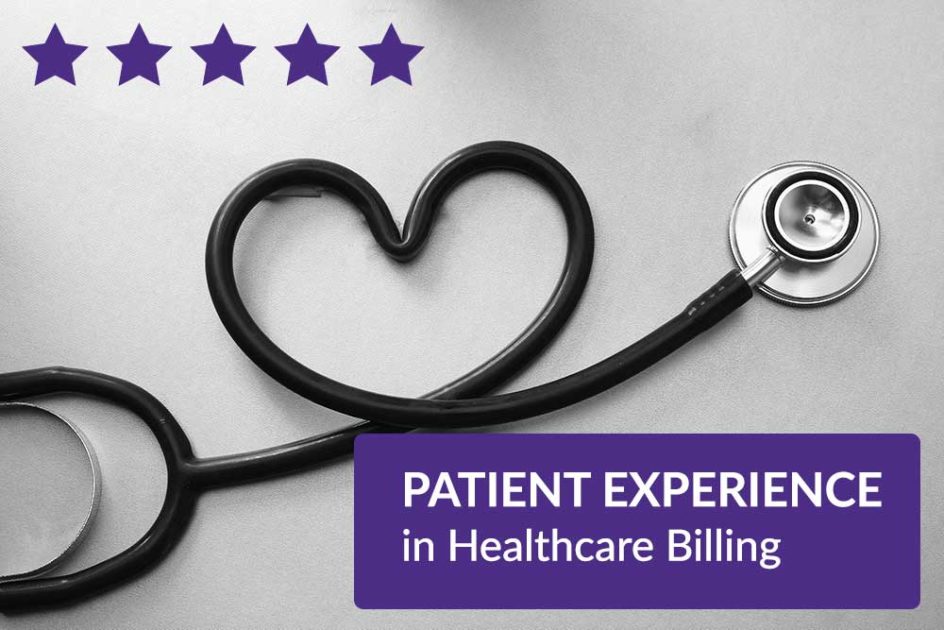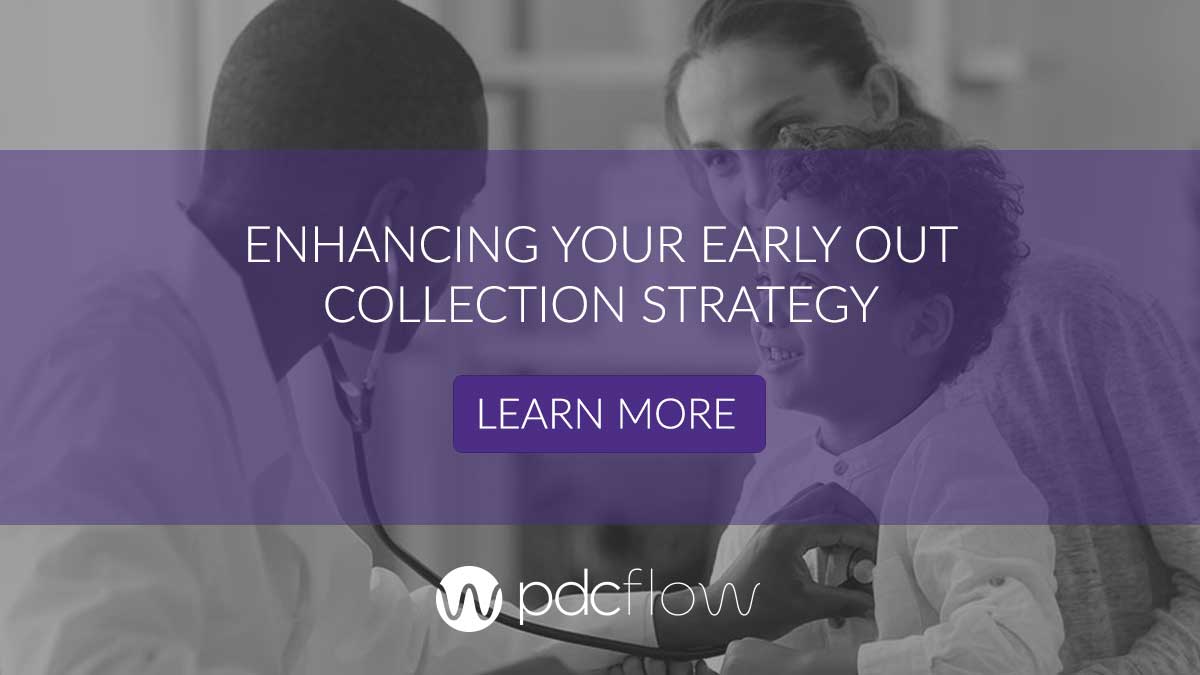The patient experience in healthcare billing is an essential (often overlooked) part of the healthcare revenue cycle. Every medical organization understands that patients need to feel involved in their care during medical services but don’t always extend that importance when it’s time for patients to pay.
As an extended business office (EBO) for a healthcare organization, what does the patient experience mean and how does your medical billing strategy play a part?
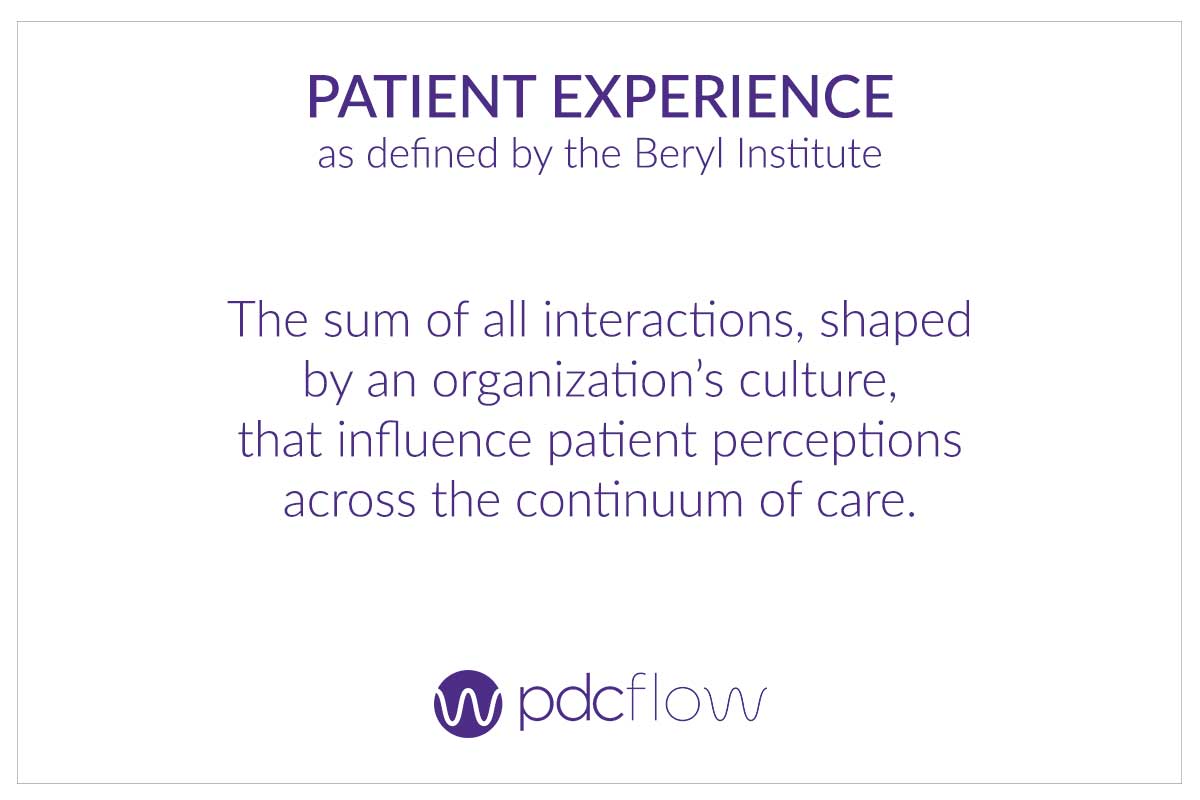
Patient Experience in Healthcare Explained
The most common definition of the patient experience is viewing every interaction patients have with your client as a whole. This sum of their interactions makes up their experience.
Each encounter throughout the patient journey has a direct impact (positive or negative) on revenue. For example, a positive environment incentivises people to continue seeking care at a facility, a negative one will drive them away.
Your job as a medical facility’s EBO is to carry out administrative actions as though your staff belonged to the organization itself. This is the best way to ensure their patients keep coming back.
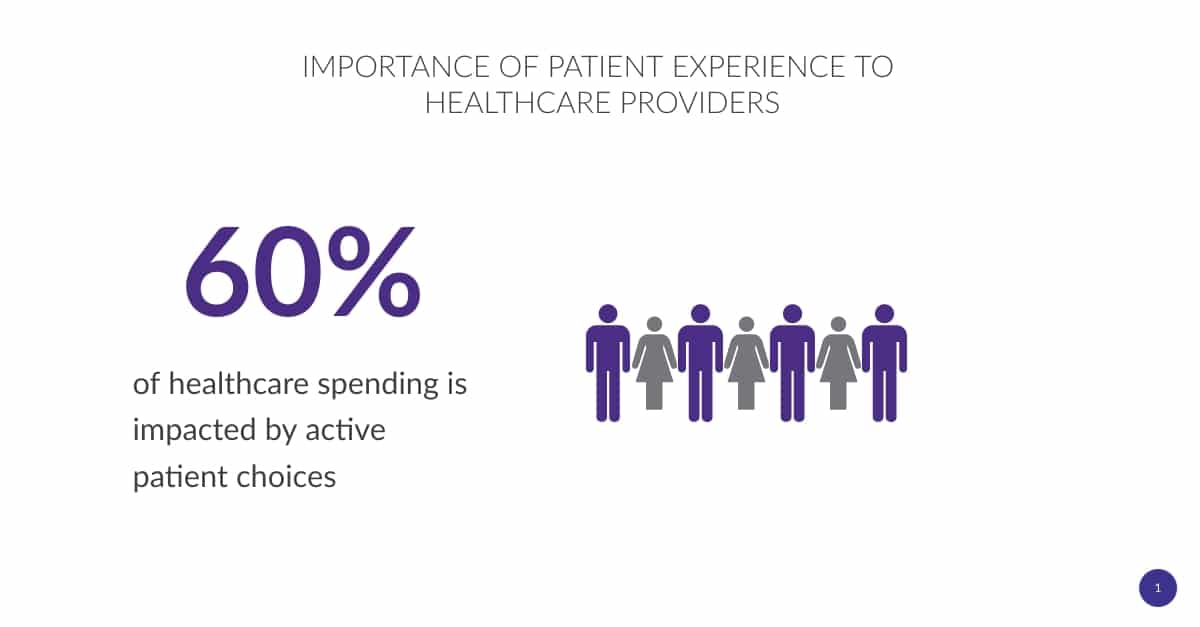
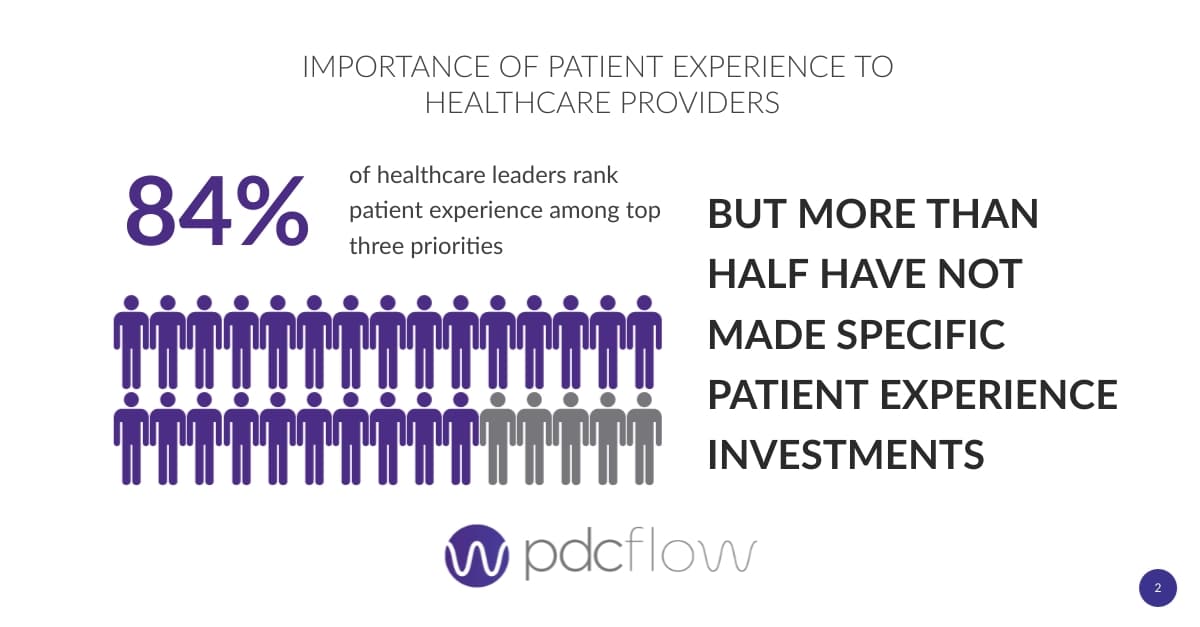
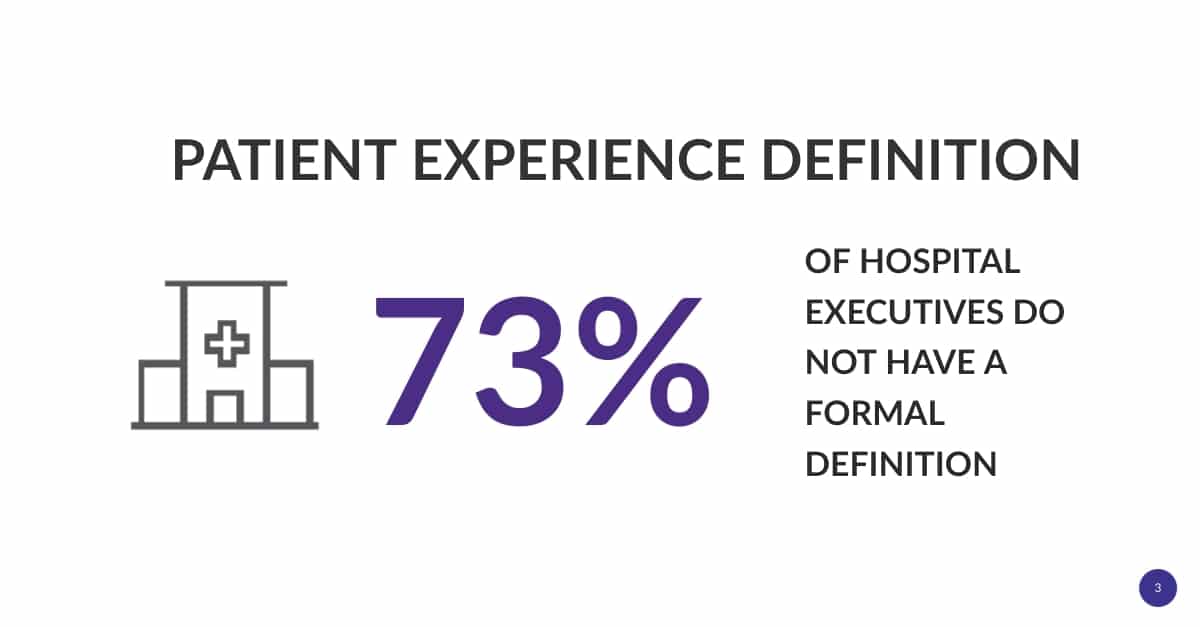
The Rise of Self Pay Medical Bills and the Challenge for Healthcare Providers
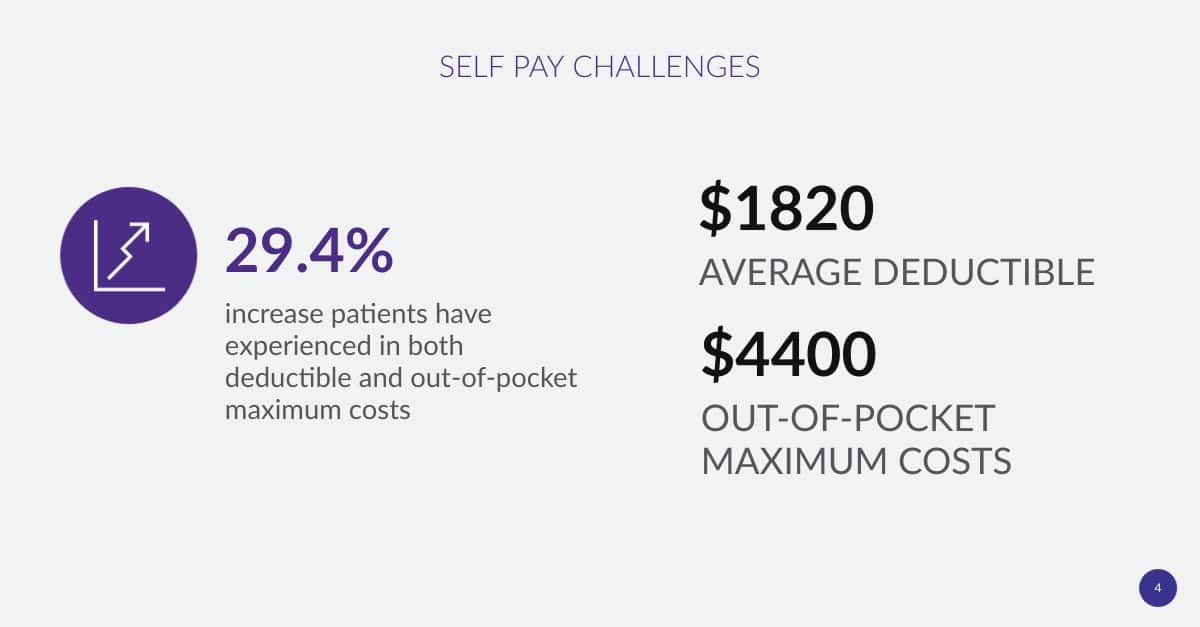
Especially in smaller medical offices, the issue of high deductibles and greater patient payment responsibility can slow down collection. Some patients may not understand what costs they are expected to cover while others may not have the money up front to cover their treatments.
Assure your clients that your call center is trained to communicate payment responsibilities to patients. Also be sure to train your staff to ask probing questions when necessary to identify those who may need financial assistance or require a recurring payment schedule to resolve their accounts.
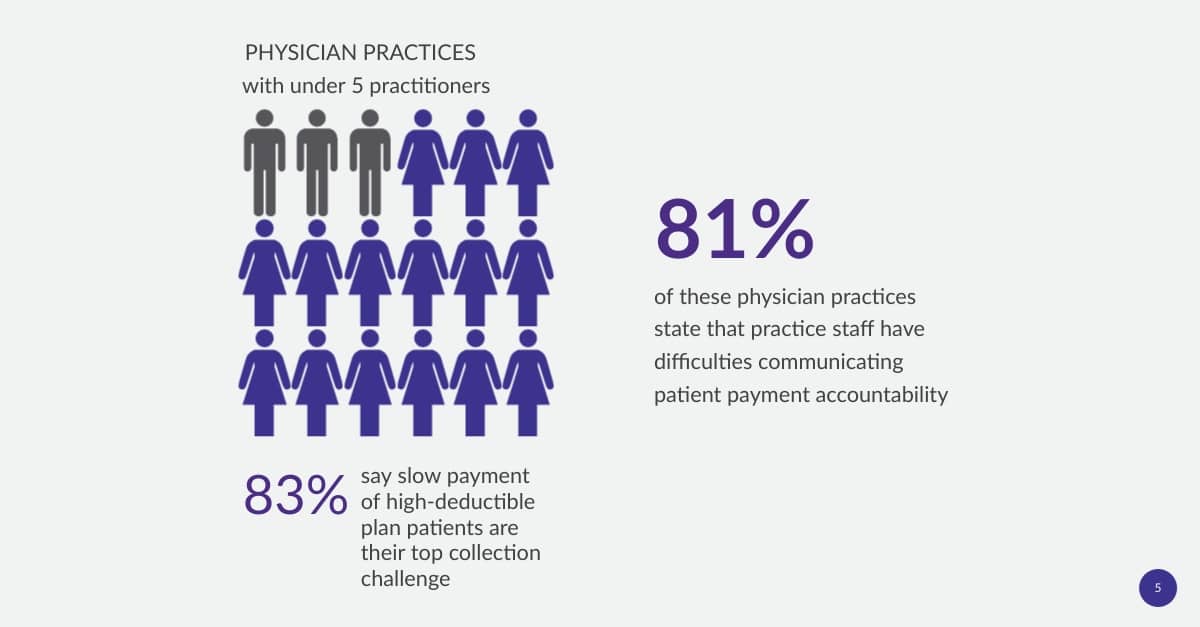
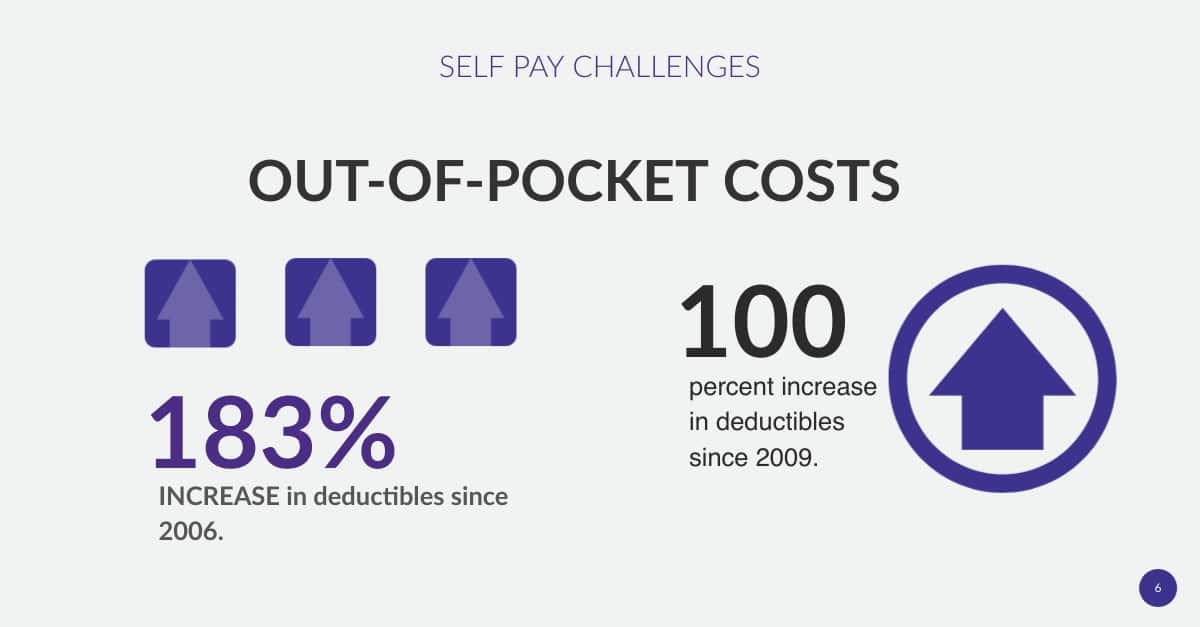
Billing Options Patients Prefer
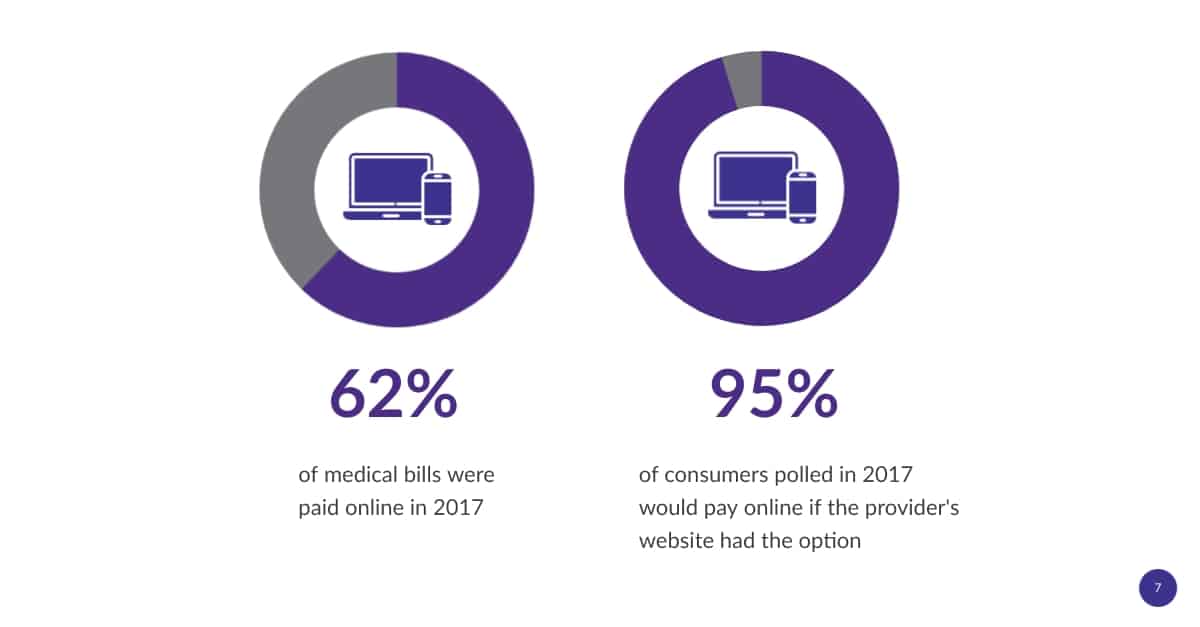
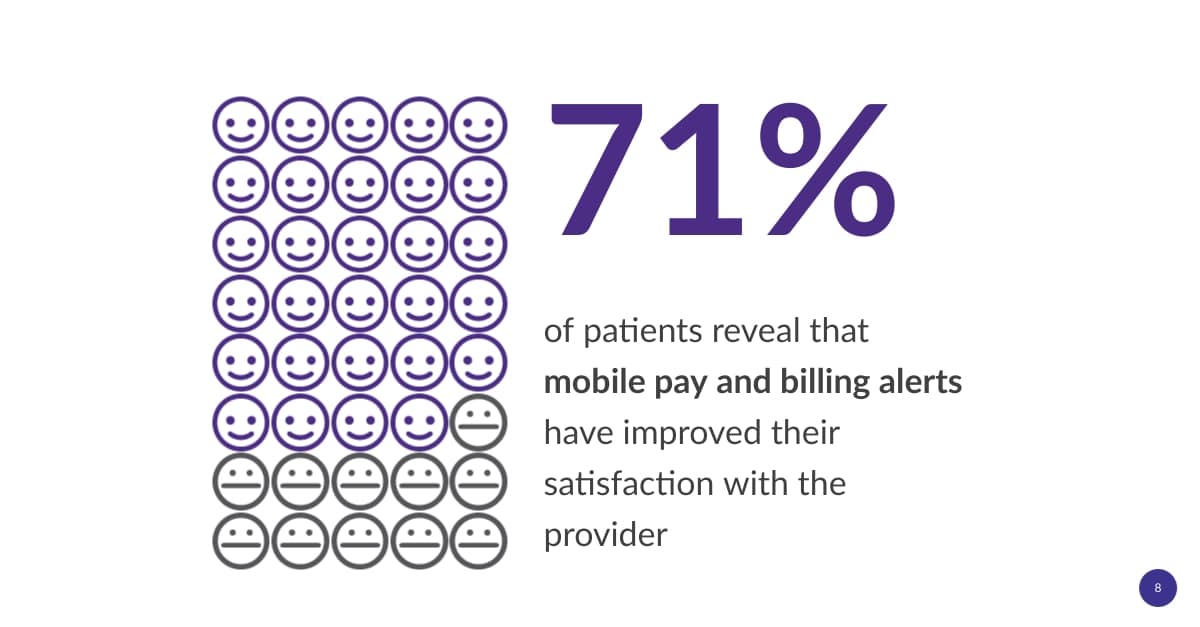
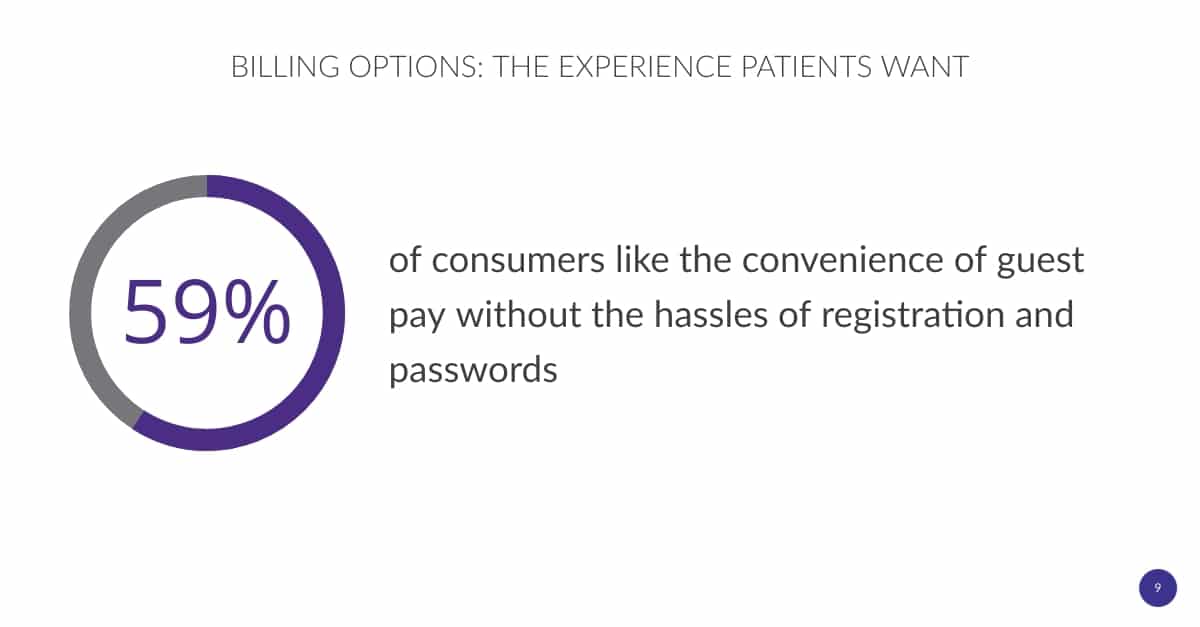
Patient Experience and Your Public Reputation
Billing is the last experience patients have with your clients, and they don’t always understand you are another company working on the provider’s behalf. A bad experience during billing and payment can undo your client’s hard work everywhere else during the patient journey.
Along with this, patients – especially those from younger generations – are more willing to provide online reviews about their care. This means that patient engagement all the way through the payment process is essential to your client’s (and your) success.
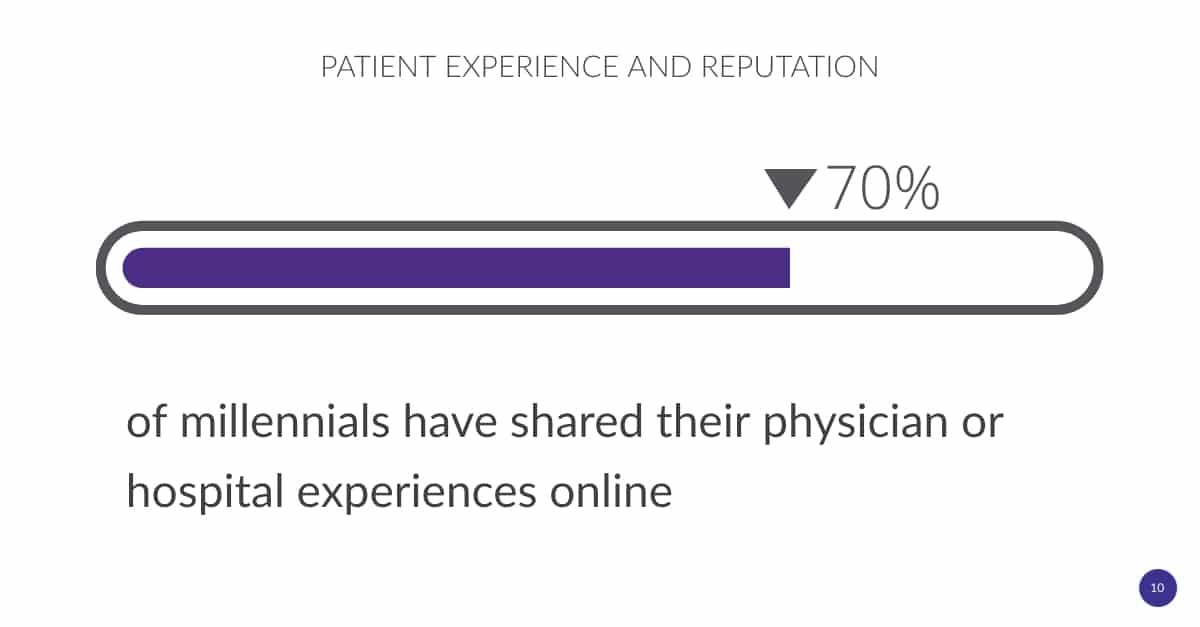
Revenue, business from repeat patients and public reputation are all tied together by the patient experience in healthcare. As an extension of these medical practices, your EBO must understand this connection.
- Make the patient financial journey pleasant and easy to navigate for patients and you will shorten your revenue cycle.
- Create greater patient engagement to encourage patients to return to the client’s facility.
- Bring in new business through proofs of the success you’re helping clients build through their online reputation.
All of these actions will enhance your relationship with your clients while creating a better experience for their patients.
Want to share these statistics with your team or healthcare clients? Download the infographic.

Improve the patient billing experience for your extended business office with PDCflow's FLOW Technology. Eliminate the friction that causes patients to delay payment.
Check out how one PDCflow client, an EBO operating out of Kansas, has been able to double credit card payments, build trust with consumers and create a better overall experience.
Download EBO Case Study:
Infographic sources:
1. Harvard Business Review, Why Improving the Patient Experience is Vital for the Health Care Industry and How To Do It, January 2019
2-3. Healthcare Finance, The culture of patient experience, July 2015
4-5 & 7-9. Black Book Market Research, Providers Driven to Implement Patient-Centric Financial Solutions as Consumer Payment Responsibility Skyrockets 29 Percent, Black Book Survey, October 2017
6. Becker's Hospital Review, Addressing the patient financial experience in today's challenging healthcare environment, July 2020
10. Binary Fountain, Second Annual Healthcare Consumer Insight & Digital Engagement Survey, 2018

